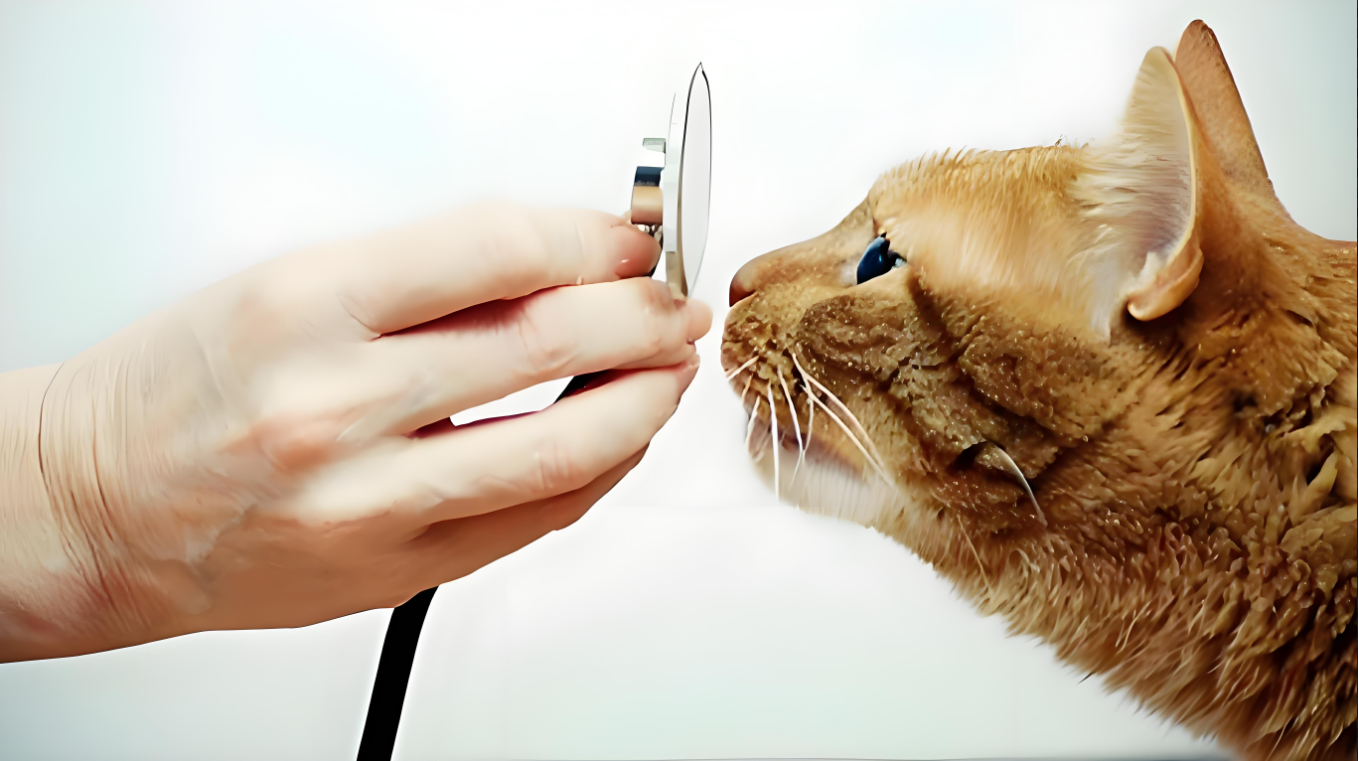
As a pet parent, ensuring your furry friend's health and well-being is one of your top priorities.Routine checkups and preventative care are essential to catch any issues early. One convenient testing option available is the feline triple test, which allows veterinarians to screen for three common viral infections afflicting cats with just one simple sample.
What are the Triple Tests?
The feline triple test screens a single blood or oral swab sample for evidence of infection from three significant feline viruses: feline parvovirus, feline herpesvirus, and feline calicivirus. These viruses can cause respiratory disease, gastrointestinal issues, and other health problems in cats. Screening for them together provides a cost-effective way for vets to evaluate clients' pets for exposure or active infection from these pathogens (Lappin, Andrews, Simpson, & Jensen, 2002).
The immunofluorescence analyzer uses a novel technology called immunofluorescence chromatography to identify antigen-antibody reactions to the three viruses. In this process, polystyrene fluorescent microspheres labelled with specific antibodies are used as biomarkers.
A sample is added and allowed to migrate along the test strip via capillary action. If viruses are present, binding occurs between the microspheres and viral antigens, causing the beads to accumulate and produce a fluorescent signal that is detected and quantified. This provides qualitative and quantitative results for each virus in just one test.
What Are They Testing For?

● Feline parvovirus (FPV): A highly contagious virus that causes hemorrhagic gastroenteritis and fatal disease in young kittens. It is spread through contact with infected faeces.
● Feline herpesvirus (FHV-1): A common upper respiratory pathogen known to induce rhinitis, conjunctivitis, and ulcerative lesions. It is also associated with a rare but often fatal feline ocular disease called feline ocular chlamydiosis.
● Feline calicivirus (FCV): Another upper respiratory virus that can cause fever, oral ulcers, and pneumonia. It may also contribute to the development of chronic sinusitis and stomatitis in some cats (Hartmann, 2005).
Testing for exposure to these viruses is important to understand infection risk, develop appropriate vaccination protocols, and monitor health in high-risk populations like shelter and cattery animals. The triple test allows examining for all three with a single sample.
How Much Does the Total Testing Cost?
Veterinary clinics can purchase the feline triple test kits for around $120, which includes materials for 10 tests. In comparison, running the individual tests separately at a similar practice may cost $55 per test on average. So performing the three tests together as a combination saves both time and money for the client. At most hospitals, the cost of a single feline triple test administered would range from $75-$100 depending on location. This all-inclusive panel provides excellent value for a routine annual wellness exam.
Why Don't We Use the PCR Method?
While polymerase chain reaction (PCR) testing provides the highest sensitivity and accuracy for viral detection, it requires specialized laboratory equipment and processing. These polymerase chain reaction methods are more expensive due to their complexity. For routine annual wellness checks, the feline triple test utilizing immunofluorescence offers an affordable point-of-care alternative without compromising quality.
Veterinary clinics can perform the immunofluorescence triple test on-site in under 15 minutes total using an analyzer no more expensive than common lab equipment. This convenience allows same-day results for clients without needing to send samples to an outside facility. For yearly screening purposes, immunofluorescence testing is well-suited to the needs of general practice veterinary medicine.
What Advantages Does This Method Have?
The immunofluorescence methodology used in the feline triple test kit has some clear benefits over other screening methods:
● Time and cost-efficiency: As a single panel, it is faster and less expensive than performing three individual tests.
● Ease of use: Clinics only need basic equipment to run the all-in-one test rapidly at the point of care.
● Sensitivity: The immunofluorescence assay detects both IgG and IgM antibodies as markers of exposure or active infection for sensitive, reliable results.
● Flexible sample types: It can use both oral and blood samples, allowing collection via less stressful oral swabbing of hesitant cats.
● Quantitative results: The analyzer provides numeric titers in addition to qualitative positive/negative results for more informative interpretation.
By making viral screening simple, convenient and affordable, the feline triple test helps more veterinarians and pet lovers identify at-risk patients and monitor response to treatment of these ubiquitous cat infections. Plus it achieves this crucial wellness screening with just one small effort from both veterinary staff and the pet.
In summary, the feline triple test provides a quick and cost-effective one-step screening option available to veterinary clinics for detecting exposure or active infection to three common cat viruses- feline parvovirus, herpesvirus and calicivirus. Testing a single sample for all three pathogens important to feline health offers a major advantage over running separate assays both in saving time and reducing expense for clinics and clients alike. Its point-of-care convenience and accurate results make it a valuable wellness screening tool for general practice veterinary medicine.
References
Hartmann, K. (2005). Feline calicivirus infection. Journal of Feline Medicine and Surgery, 7(3), 171-179.
Lappin, M. R., Andrews, J., Simpson, D., & Jensen, W. A. (2002). Use of serologic tests to predict resistance to feline herpesvirus 1, feline calicivirus, and feline parvovirus infection in cats. Journal of the American Veterinary Medical Association, 220(1), 38-42.